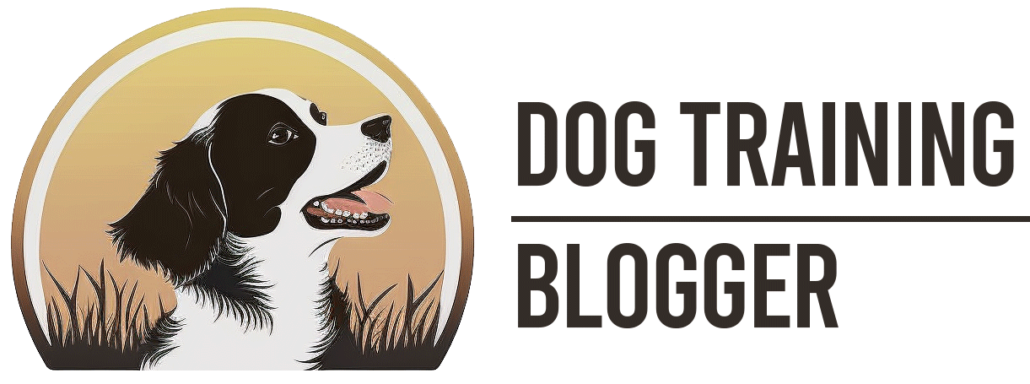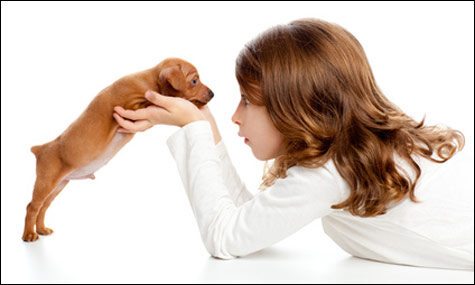You Have To Admit You Have An Aggressive Dog

One thing that always amazes me is how a dog owner will not admit that they have an aggressive dog. They come up with all types of excuses and reasons why the dog is showing aggression and it is never the dogs fault.
If you have read any of my articles on dog aggression you know that I have mentioned that aggression has become an epidemic. Yes, you would be really surprised what a large percentage of dogs have aggression towards other dogs, people and sometimes even members of their human families.
I always explain to an aggressive dog owner that to be successful with rehabilitating an aggressive dog they first have to admit that there is a problem. Without that the training and behavior modification are usually merely a waste of the dog and the owner’s time and the dog does not get better.
Once I have that commitment from the owner the process of rehabilitating the dog can begin. The next commitment I need from an owner is that they will be willing to work with the dog at least once a day for no more than a 15 minute training session.
Of course repetition is the number one principle of dog training so if the owner has the time 2 or 3 sessions a day is even better. I do tell them however that if they can only train once a day they will be amazed at what they will be able to accomplish with their dog and how quickly the dog’s attitude toward the owner, the ALPHA, will change.
Besides the obedience exercises that the dog needs rehabilitation will also include some behavior modification. Each dog needs something different and we actually design a behavior modification program that is specific for each individual dog.
Rehabilitating a dog that is showing aggression does involve work and commitment from the owner. On some occasions the dog owner is not willing to commit and instead chooses to find a new home for the dog and in extreme cases even have the dog euthanized.
Rehabilitating or rehoming is always a decision that the owner and family must make and there is not one right answer instead it has to do with the commitment that the owner is able and willing to offer.
Remember, that a very large percentage of aggressive dogs are that way because they did not receive proper socialization as puppies. When you get the next puppy make sure that you find a well-qualified trainer that can teach you how to properly socialize your puppy.
———
Do you need help with an aggressive dog? We can help. If you are in , Chattanooga, TN, Clarksville, TN, Knoxville, TN, Huntsville, ALand Indianapolis, IN visit our website and give us a call.
Please remember we can help you with an aggressive dog no matter where you are located. In fact we have clients all over the U.S. simply give us a call so we can tell you how.
Until next time,
P.S. Do you need some advice from a Canine Behavior Specialist? If so CLICK HERE now!
About the Author: Wayne Booth is owner of which is headquartered in Nashville, TN but serves clients all over the U.S.. If you have a dog with aggression, behavior problems or simply needs training feel free to contact him.
Wayne has also been teaching people how to become Professional Dog Trainers since 1990 and he is the Training Director of Canine Behavior Specialists Network. If you would like to become a Professional Dog Trainer he can get you started.







